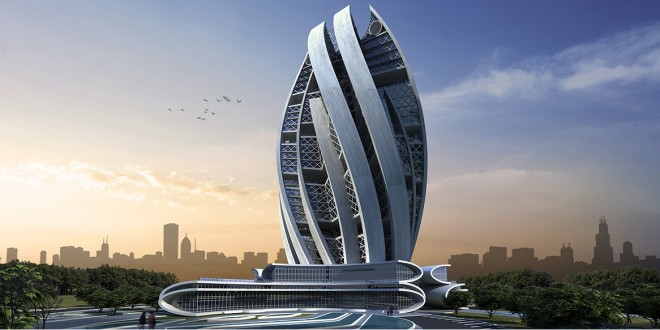
One company, Noesis Energy, has introduced an approach where customers can access between $300,000 a million dollars to finance the development of smart buildings and then repay this financing via their utility bill energy savings.
Rarely in the past have we witnessed so many changes in the workplace as in recent years.
While you mostly read about remote work, another notable trend is the shift toward smart commercial and office buildings. These structures feature the use of IoT and other technological solutions to control and optimize their essential functions, including:
- heating, ventilation, and air conditioning (HVAC)
- air quality
- energy conservation
- lighting systems
- fire protection
- video security.
What’s more, these elements are managed as a network. This allows businesses and other organizations to achieve multiple goals, such as:
- providing additional safety, comfort, and interactivity to their workers
- reducing the building’s negative impact on the environment
- cutting overhead, and generating significant savings.
Let’s explore this trend in greater detail while also focusing on its role in creating a more sustainable workplace environment.
Market Growth and Environmental Implications
A report published by Allied Market Research in June 2022 has provided some interesting insights into the state and prospects of the smart building market.
- In 2021, the value of the global smart building market was $69.80 billion.
- The compound annual growth rate (CAGR) forecasted for the next decade is 11.3%. Therefore, this market is expected to be worth $201.16 billion in 2023.
- Major technology players like Cisco, Hitachi, and Intel currently dominate the smart building market.
- North America is the major geographic market, but researchers forecast significant growth in the Asia-Pacific region.
These data are even more interesting when analyzed in conjunction with those provided by the World Green Building Council. According to the non-profit group, building operations account for 28% of energy-related carbon emissions worldwide. This means that the growth of the smart building market can significantly contribute to the reduction of CO2 emissions.




